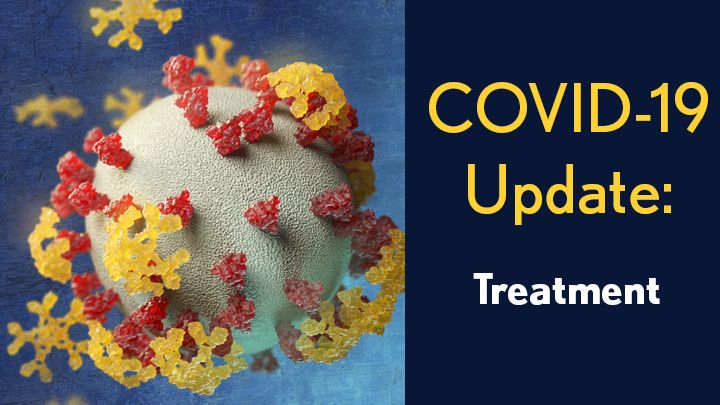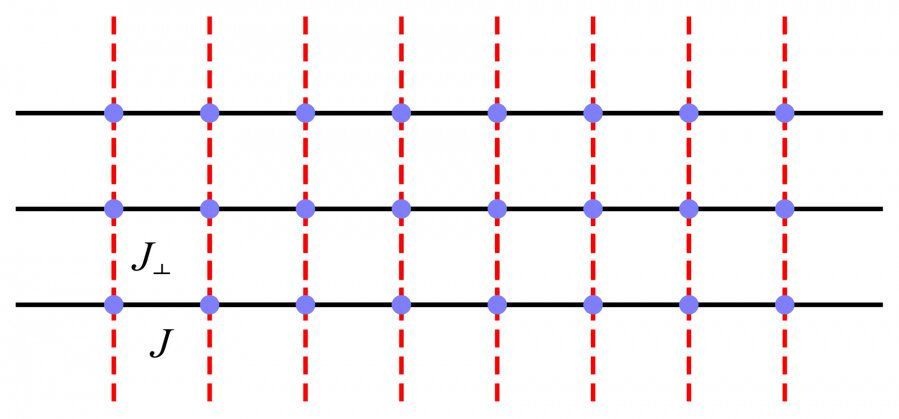Most cases of Parkinson’s disease are considered idiopathic – they lack a clear cause. Yet researchers increasingly believe that one factor is environmental exposure to trichloroethylene (TCE), a chemical compound used in industrial degreasing, dry-cleaning and household products such as some shoe polishes and carpet cleaners.
To date, the clearest evidence around the risk of TCE to human health is derived from workers who are exposed to the chemical in the work-place. A 2008 peer-reviewed study in the Annals of Neurology, for example, found that TCE is “a risk factor for parkinsonism.” And a 2011 study echoed those results, finding “a six-fold increase in the risk of developing Parkinson’s in individuals exposed in the workplace to trichloroethylene (TCE).”
Dr Samuel Goldman of The Parkinson’s Institute in Sunnyvale, California, who co-led the study, which appeared in the Annals of Neurology journal, wrote: “Our study confirms that common environmental contaminants may increase the risk of developing Parkinson’s, which has considerable public health implications.” It was off the back of studies like these that the US Department of Labor issued a guidance on TCE, saying: “The Board recommends […] exposures to carbon disulfide (CS2) and trichloroethylene (TCE) be presumed to cause, contribute, or aggravate Parkinsonism.”









